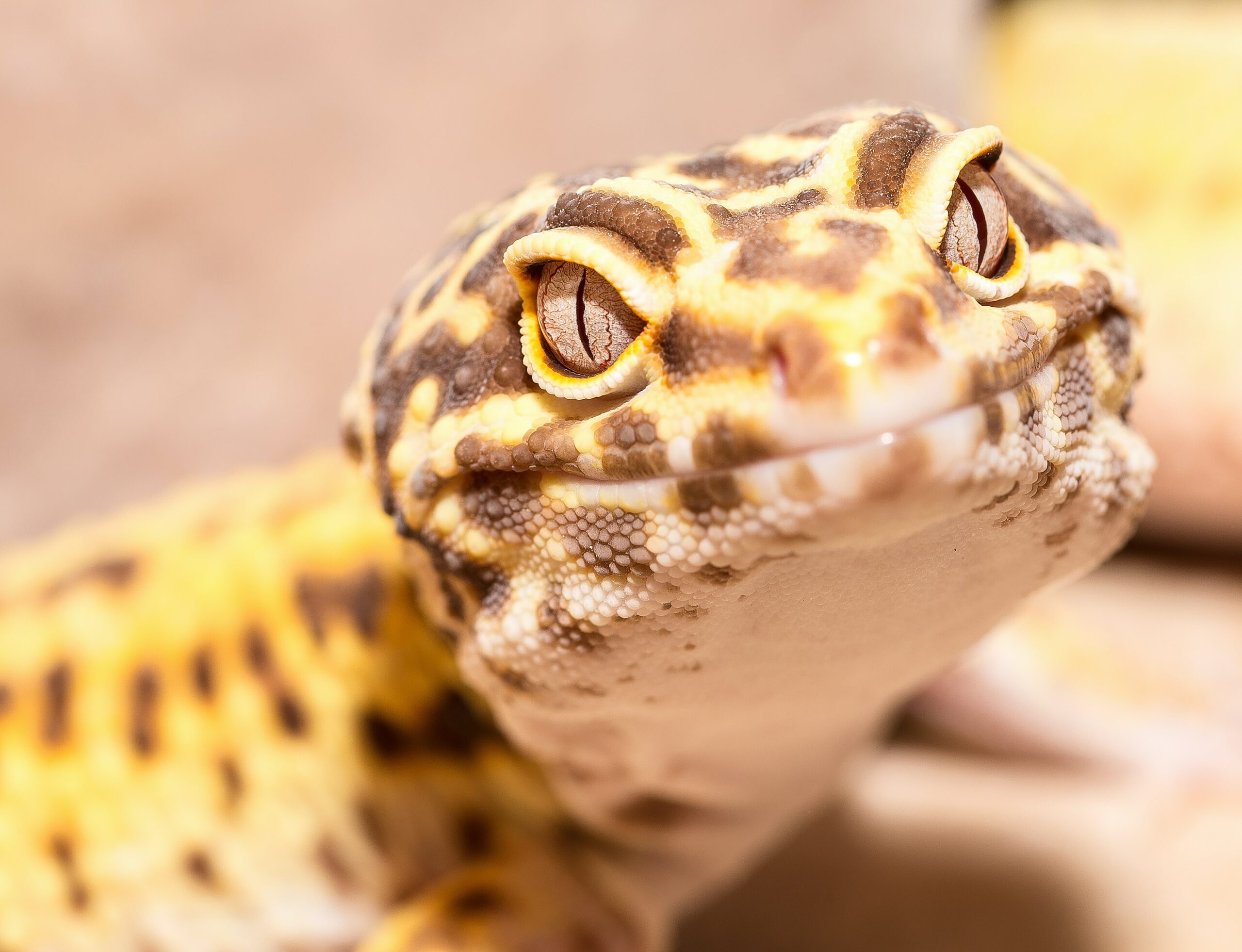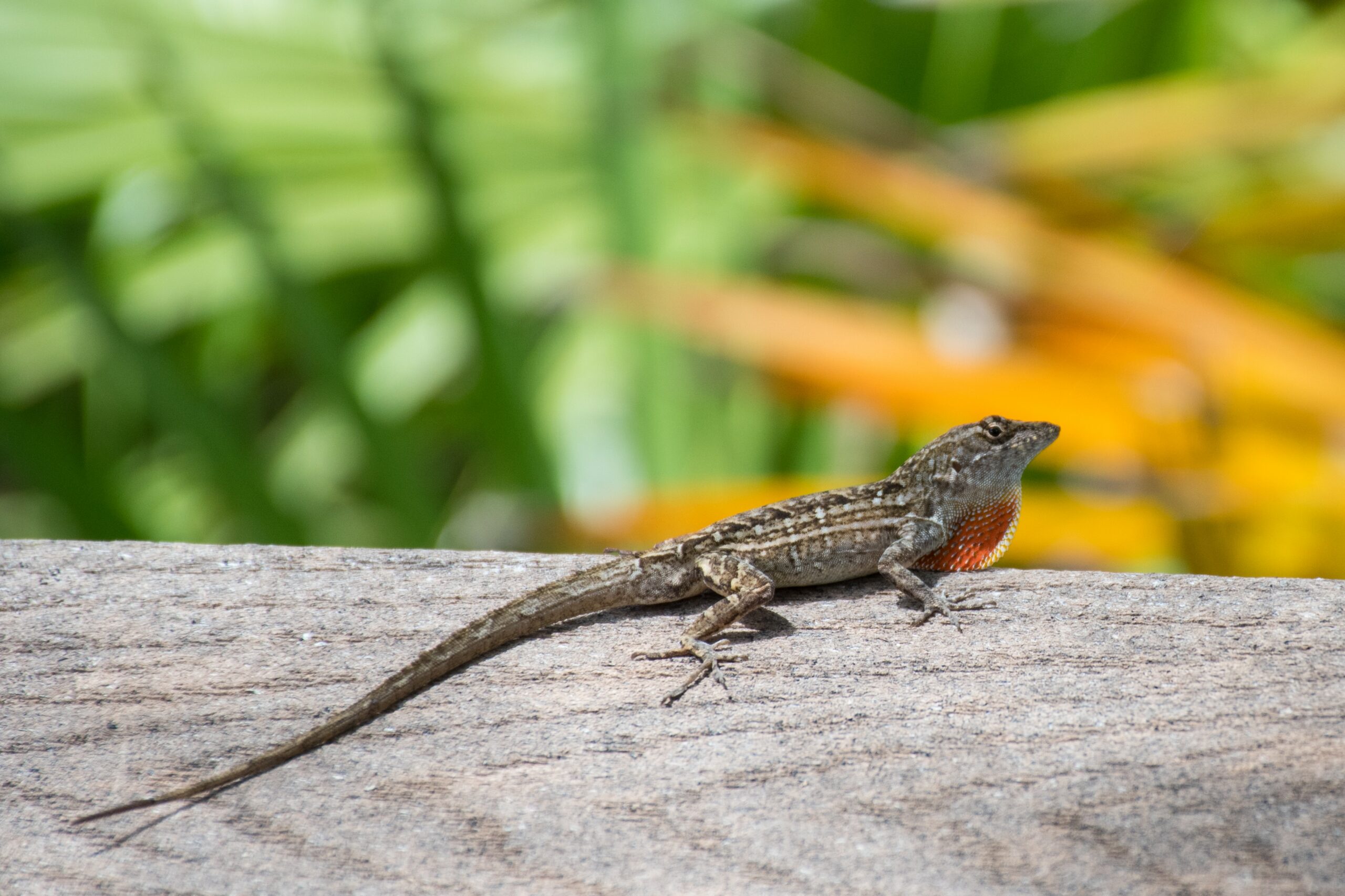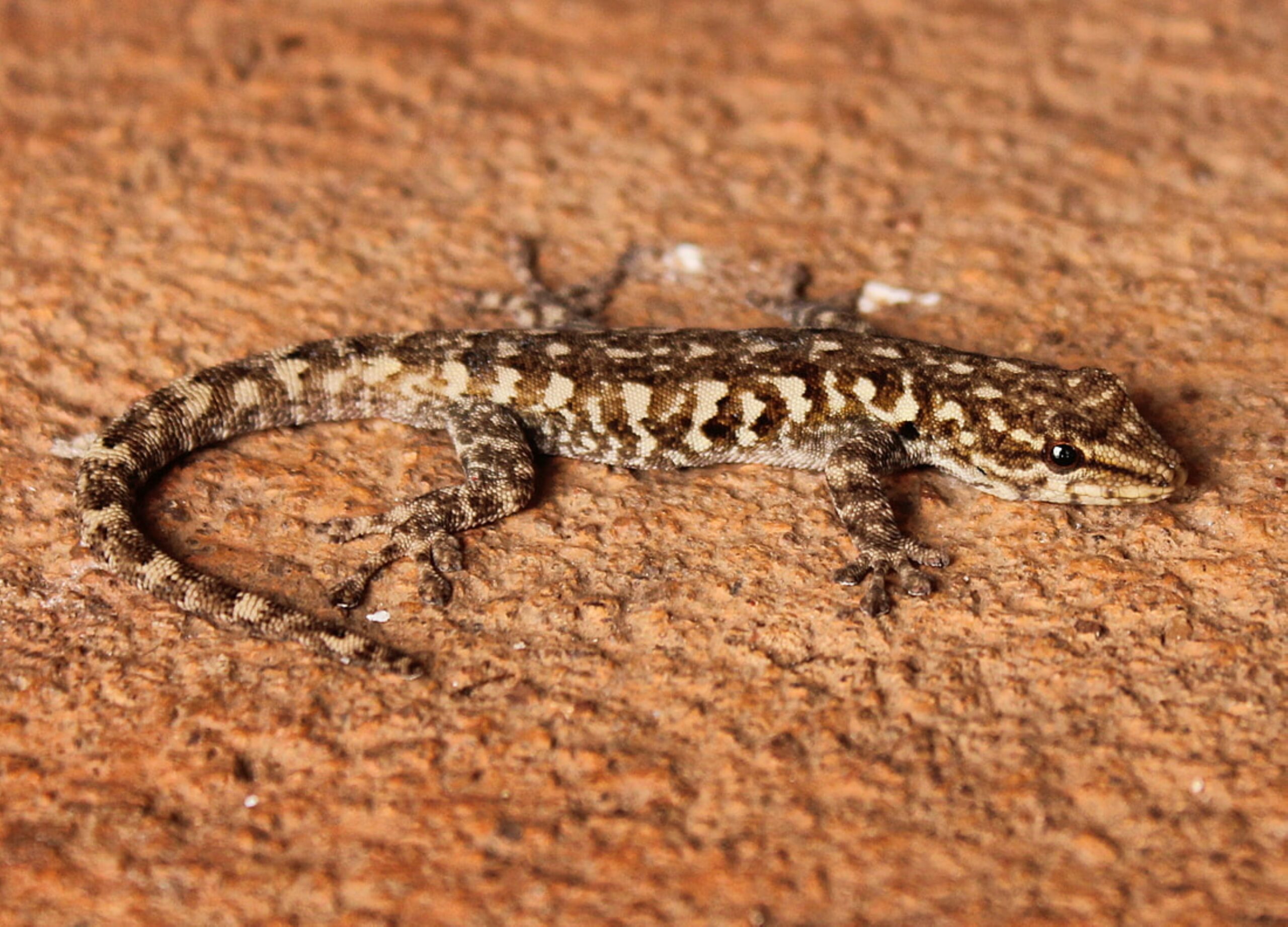Welcome to the fascinating world of pet lizards! If you’ve ever been captivated by the enchanting allure of reptiles, then you’re in for a treat. Pet lizards offer a unique and exciting opportunity for reptile education, allowing us to gain a deeper understanding of these extraordinary creatures while reaping the benefits of their companionship.
In this article, we will delve into the myriad of educational opportunities that pet lizards provide, from teaching children about ecosystems and animal behavior to fostering responsibility and empathy. Get ready to embark on a journey that combines learning, curiosity, and the joy of having a scaly friend by your side.
Are Pet Lizards the Perfect Educational Companions?
Pet lizards are undeniably perfect educational companions. Their unique characteristics and behaviors make them intriguing subjects for learning and observation. Children and adults alike can benefit from the hands-on experience of caring for a pet lizard, which fosters responsibility, patience, and empathy.
Through the study of lizards, we can delve into various educational aspects, including biology, ecology, and animal behavior. The presence of a pet lizard in educational settings sparks curiosity, encourages critical thinking, and provides a tangible connection to the natural world.
These scaly companions offer a captivating and enriching journey into reptile education, making them the perfect educational companions for those seeking a combination of learning, excitement, and companionship.
Which Lizard Species Are Best Suited for Reptile Education?

Different lizard species have distinct characteristics and requirements, making some more suitable for educational purposes than others. Leopard geckos, anole lizards, bearded dragons, crested geckos, and chameleons are among the popular choices.
Each species brings its own fascinating attributes, such as the leopard gecko’s nocturnal vision and tail fat storage, the anole lizard’s color-changing ability, and the bearded dragon’s thermoregulation techniques. By choosing the right lizard species, educators and pet enthusiasts can maximize educational value and engagement.
What Can Pet Lizards Teach Us About Ecosystems?
Pet lizards offer a captivating glimpse into the intricate world of ecosystems. By observing and studying their natural behaviors and unique adaptations, we can gain valuable insights into how lizards interact with their environments.
For instance, leopard geckos, which thrive in desert ecosystems, have a nocturnal vision and can store fat in their tails, enabling them to survive in harsh conditions. Anole lizards, found in tropical rainforests, exhibit color-changing abilities and impressive clinging skills. These characteristics and more shed light on the delicate balance and interconnectedness of various ecosystems.
| Lizard Species | Ecosystem Connection | Unique Adaptations |
|---|---|---|
| Leopard Gecko | Desert Ecosystems | Nocturnal vision and ability to store fat in their tail |
| Anole Lizard | Tropical Rainforests | Ability to change color and cling to various surfaces |
| Bearded Dragon | Arid Grasslands | Thermoregulation through basking and burrowing |
| Crested Gecko | Tropical Forests | Toe pads for climbing and a prehensile tail |
| Chameleon | Madagascar Rainforests | 360-degree independent eye movement and projectile tongue |
How Do Pet Lizards Contribute to Children’s Learning?
For children, having a pet lizard can be an enriching educational experience. Lizards provide opportunities for hands-on learning, teaching children about responsibility, patience, and empathy.
They can observe and care for their reptile companion, learning about feeding, habitat maintenance, and even basic veterinary care. Through this interactive experience, children develop a deeper appreciation for nature and the importance of responsible pet ownership.
Are Lizards Low-Maintenance Pets for Educational Purposes?
One common misconception is that lizards require extensive care and maintenance. However, many lizard species are relatively low-maintenance pets, making them suitable for educational purposes.
While they do have specific needs, such as proper lighting, temperature, and a suitable enclosure, these requirements can be easily met with proper guidance. Additionally, pet lizards generally have longer lifespans than smaller pets, allowing for a more sustained and meaningful educational experience.
What Are the Benefits of Incorporating Lizards in Classroom Settings?
Bringing pet lizards into the classroom setting can have numerous benefits. Not only do they engage students in a hands-on learning experience, but they also serve as a focal point for discussions on biology, ecology, and animal behavior.
Lizards create a stimulating and dynamic environment that encourages curiosity, critical thinking, and problem-solving skills. Furthermore, they can enhance the overall classroom atmosphere, promoting a positive and nurturing learning environment.
How Do Pet Lizards Stimulate Curiosity and Imagination?
Pet lizards have a remarkable ability to stimulate curiosity and ignite the imagination. Their unique physical features, fascinating behaviors, and mysterious allure captivate the minds of both children and adults.
By observing these scaly companions, individuals are drawn into a world of wonder, questioning how they climb walls, change colors, or shed their skin. The sheer presence of a pet lizard fosters a sense of curiosity, prompting inquiries and a desire to learn more about these extraordinary creatures.
This curiosity fuels the imagination, allowing us to envision their natural habitats, explore their interactions within ecosystems, and even create fictional tales inspired by their mesmerizing characteristics. Pet lizards truly unleash the power of curiosity and imagination, making them perfect educational companions for those seeking a captivating and awe-inspiring experience.
Are Lizards Effective in Teaching Kids about Animal Behavior?

Lizards are highly effective in teaching kids about animal behavior. By observing their lizard companions, children can witness a wide range of behaviors, including feeding, hunting, basking, and territorial displays.
These firsthand experiences allow children to develop a deeper understanding of animal instincts and natural behaviors. They learn to recognize and interpret body language, social interactions, and even vocalizations, fostering a sense of empathy and respect for all living creatures.
Studying lizard behavior not only educates children about specific species but also provides a foundation for understanding broader principles of animal behavior in the natural world.
Can Pet Lizards Help Foster Empathy and Compassion?
Having a pet lizard can indeed help foster empathy and compassion in individuals, particularly children. Caring for a living creature, such as a pet lizard, teaches children to consider the needs and well-being of another being.
They learn the importance of providing a suitable habitat, a balanced diet, and social interaction for their scaly companion. This hands-on experience nurtures empathy as children develop a deeper understanding of the lizard’s emotions and needs.
How Do Lizards Contribute to Hands-On Learning Experiences?
Lizards contribute significantly to hands-on learning experiences by providing a tangible and interactive educational platform. Through observation, handling, and caring for these fascinating creatures, students can engage multiple senses and actively participate in their learning.
By touching their scaly skin, watching their movements, and even hearing their vocalizations, students gain a deeper understanding of lizard behavior and physiology. This hands-on approach not only makes the learning process more memorable and enjoyable but also fosters curiosity, critical thinking, and problem-solving skills.
Lizards become living subjects for scientific exploration, allowing students to apply theoretical knowledge in a practical setting.
What Precautions Should You Take When Handling Pet Lizards?
When handling pet lizards, it is essential to take certain precautions to ensure both your safety and the well-being of the lizard. First and foremost, wash your hands thoroughly before and after handling the lizard to prevent the spread of bacteria.
Additionally, approach the lizard gently and avoid sudden movements or loud noises that may startle or stress them. It’s crucial to support their body properly, especially the tail, to prevent any injuries.
Some lizards may have specific handling requirements, so it’s important to familiarize yourself with the particular needs of your lizard species. Always supervise children when they handle lizards and teach them to be gentle and respectful.
Are Lizards a Suitable Addition to Science Education Programs?
Lizards are a highly suitable addition to science education programs. Their unique characteristics and behaviors make them excellent subjects for studying various scientific concepts. From understanding adaptations and ecosystems to exploring thermoregulation and animal behavior, lizards offer a hands-on and engaging learning experience.
By incorporating lizards into science education programs, students have the opportunity to observe, interact with, and learn from these fascinating reptiles, fostering a deeper appreciation for the natural world and promoting scientific inquiry and discovery.
What Are the Key Considerations for Creating Lizard-Focused Lesson Plans?
When creating lizard-focused lesson plans, there are several key considerations to keep in mind. These considerations ensure that the lessons are engaging, age-appropriate, and aligned with educational objectives.
Here are six main considerations to consider:
-
Curriculum alignment: Ensure that the lesson plans align with relevant curriculum standards and objectives, integrating lizard-related topics into subjects such as science, biology, or ecology.
-
Age appropriateness: Tailor the content and activities to the age group of the students. Younger children may benefit from simpler concepts and hands-on activities, while older students can delve into more complex topics and research projects.
-
Hands-on activities: Incorporate hands-on activities that allow students to interact with live or simulated lizards. This could include observing lizard behavior, handling lizards under supervision, or designing and constructing lizard habitats.
-
Visual aids and resources: Utilize visual aids such as images, videos, or diagrams to enhance understanding and engagement. Supplement the lessons with age-appropriate books, articles, or online resources that provide additional information about lizards.
-
Assessment methods: Plan assessments that effectively measure student understanding and progress. This could involve quizzes, presentations, or project-based assessments where students showcase their knowledge and skills related to lizards.
-
Safety guidelines: Establish safety guidelines for handling live lizards or interacting with any lizard-related materials. Emphasize the importance of proper hand hygiene and responsible handling practices to ensure the well-being of both students and the lizards themselves.
How Can Pet Lizards Support STEM Education Initiatives?

Pet lizards serve as excellent tools for supporting STEM (Science, Technology, Engineering, and Mathematics) education initiatives. By incorporating pet lizards into the classroom, educators can create hands-on learning experiences that engage students in scientific inquiry.
Lizards offer opportunities for studying biological adaptations, such as their unique body structures and behaviors. Students can explore concepts like thermoregulation by observing how lizards bask and burrow.
They can also design experiments to investigate the effects of temperature and light on lizard behavior. Furthermore, pet lizards can be used to introduce engineering principles, such as designing and constructing optimal lizard habitats.
Through these STEM-focused activities, pet lizards inspire critical thinking, problem-solving, and data analysis skills, fostering a deeper understanding of scientific concepts in an exciting and tangible way.
On the Whole
Pet lizards provide an extraordinary opportunity for reptile education and offer a multitude of benefits to both children and adults. Through their presence, we can delve into the captivating world of ecosystems, animal behavior, and scientific principles.
Pet lizards spark curiosity, stimulate imagination, foster responsibility, and nurture empathy and compassion. By embracing the educational opportunities they provide, we not only gain a deeper understanding of these magnificent creatures but also cultivate a lifelong appreciation for the wonders of the natural world.




